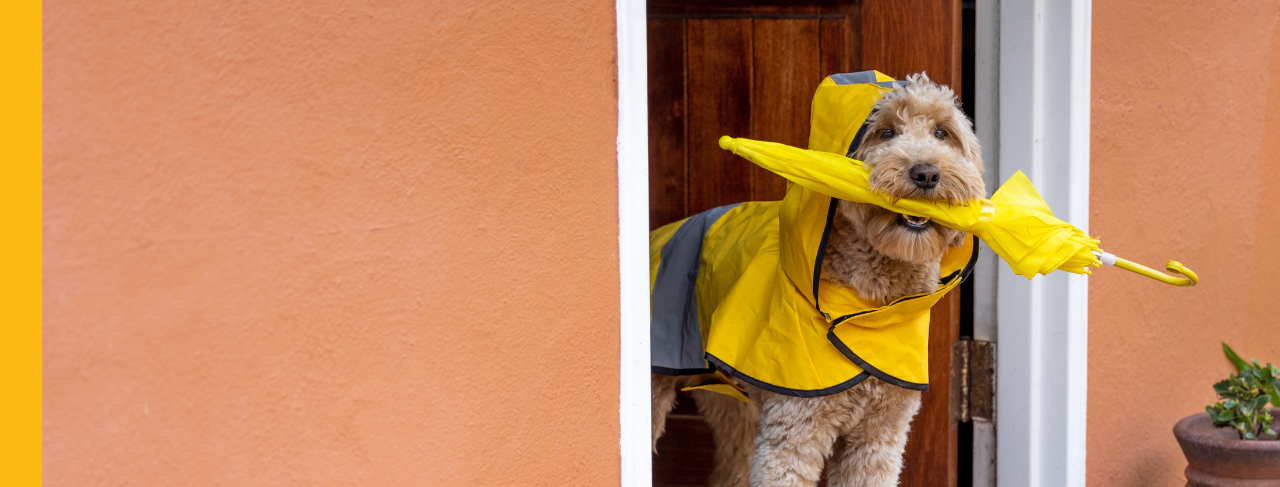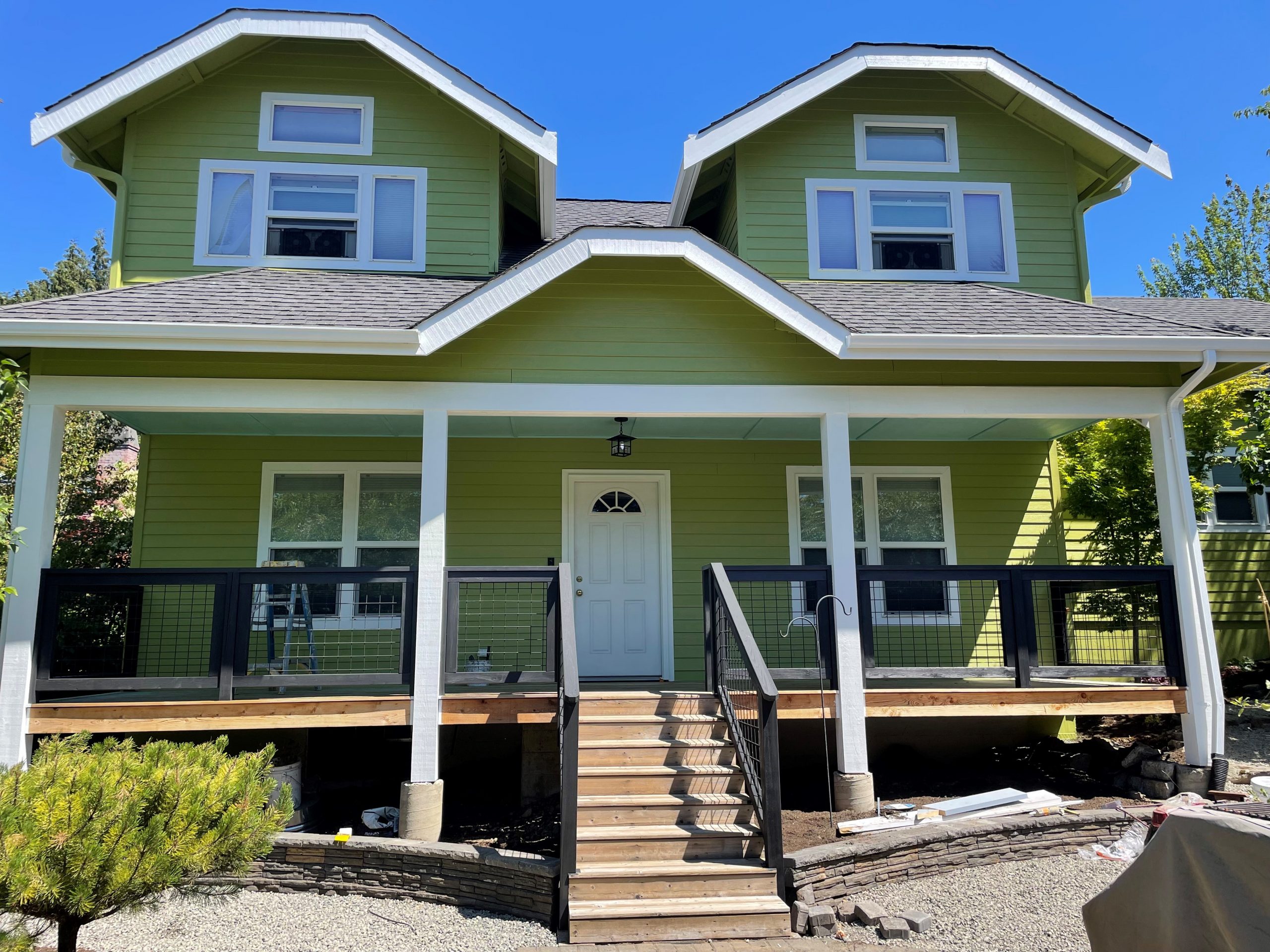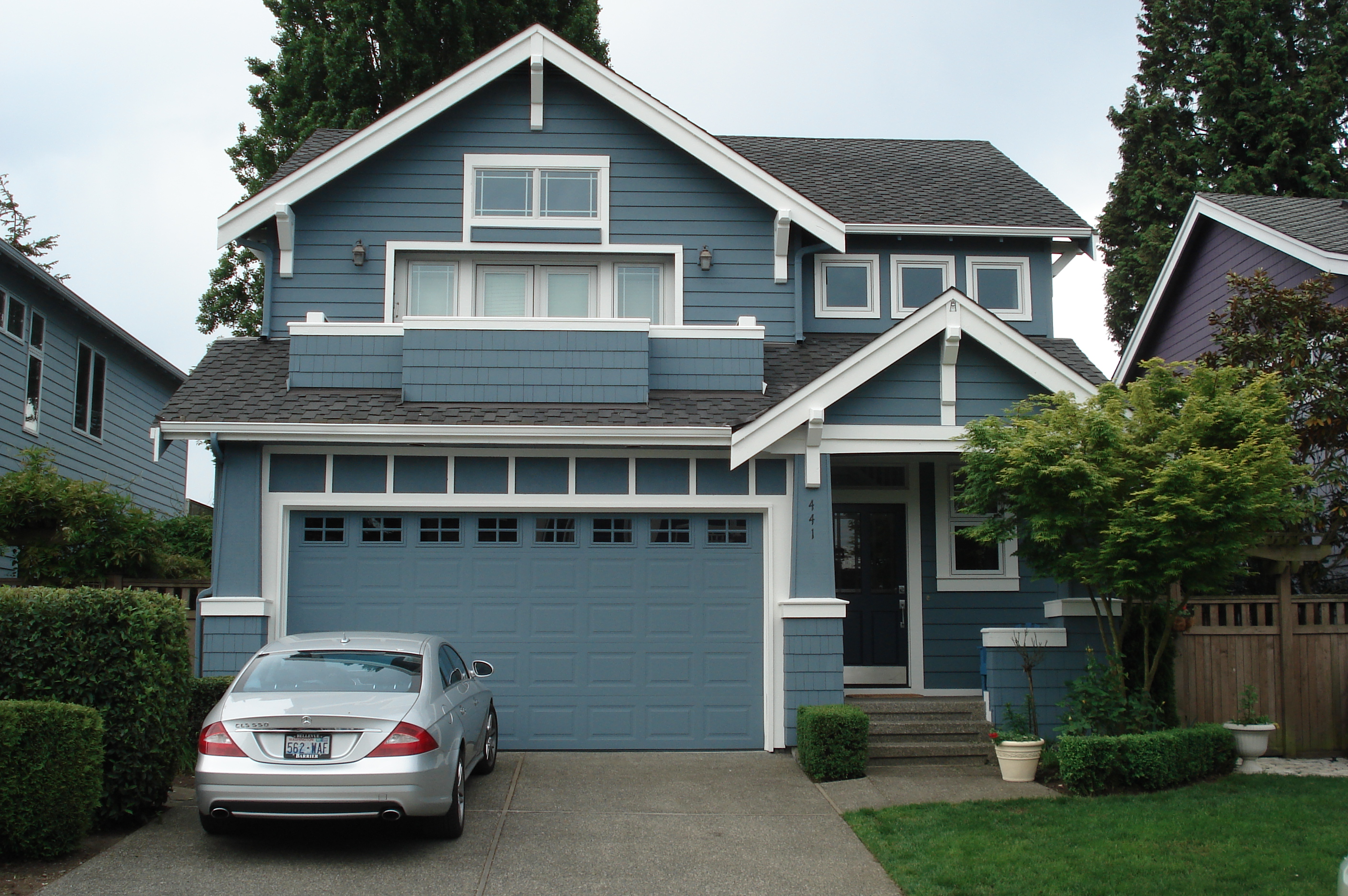
When is the Best Time to Paint a House Exterior in Washington?
Posted on July 12, 2025
An exterior paint job is not the kind of project that can be undertaken just any time of the year. There are optimal times and appropriate weather conditions to make your project take less time and turn out better. So when is the best time to paint a house exterior?
To get the best outcome for your painting project, you need Mother Nature to get on board. Precipitation, temperatures and humidity are all factors in your work. Finding the perfect time of year might not be when you think.

Precipitation for Painting
Never, ever paint when it’s wet out. A rainstorm can ruin the best laid plans. Your home needs time to dry out after any wet weather. This can take from a few hours to several days, depending on the construction of your home. Wood or brick takes much longer to dry out than stucco, but all must be completely dry before moving forward with work.
Painting over a wet surface will inevitably cause paint failure. Painting over wet wood or brick traps the moisture in the surface and causes deterioration including peeling, bubbling, mildew and mold. By giving your house a few dry sunny days, you’ll avoid causing damage for later days.
Temperatures Best for Painting
Beyond the rain forecast, checking for appropriate temperatures are also in order. Painting should take place between 50 and 80 degrees Fahrenheit. There are paints on the market that tout lower and higher painting options. Take into consideration your well-being while painting in these conditions.
With cold temperatures, your paint can turn thick and gooey. This makes getting an even coating very difficult. Not only will the paint go on thick and uneven, it causes more drips and drops because of the cooler weather.
Hot temperatures are no better for painting. They cause the paint to get very thin and require more coats to get a good vibrancy. In addition, working in hot temperatures slows down the process because you can’t work as long without breaks. Dehydration and sun exposure mean time off in the shade sipping Gatorade.

Humidity and When to Paint
Possibly even more important than the temperature is the humidity. If the humidity is too high, your paint won’t be able to properly evaporate leaving you with a bad film and extended dry times. Dew points should be at least 5 degrees away from the low temperatures to avoid water spots on your newly painted house. You’ll want to check the local weather report for humidity levels.
When to Paint Your Washington Home
The best time of year to paint a house exterior might surprise you. Aim for the seasons that are most moderate and reliable. For our area, that means spring or fall. Since these seasons give us regular warm and dry days, this is the easiest time to get your exterior painted. The temperature doesn’t fluctuate as far between highs and lows, giving you less chance of dew on your new paint, and easier drying time.
Of course, these are just guidelines to help you plan your project. Your local painting professionals are experts at when to complete the work for the best outcome. Are you ready to start your project? Schedule a free, in-home estimate now.





